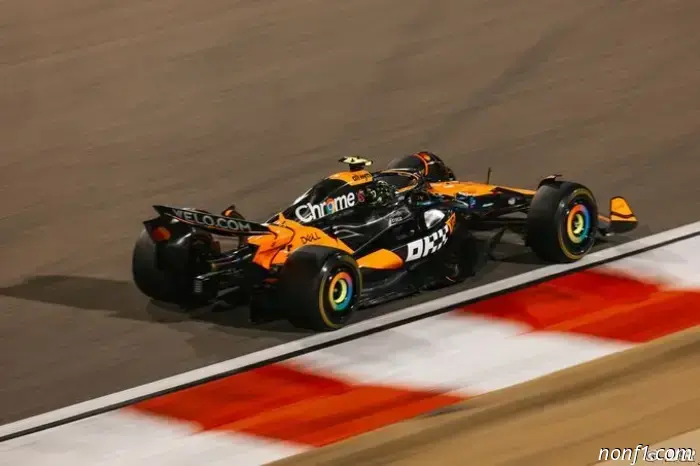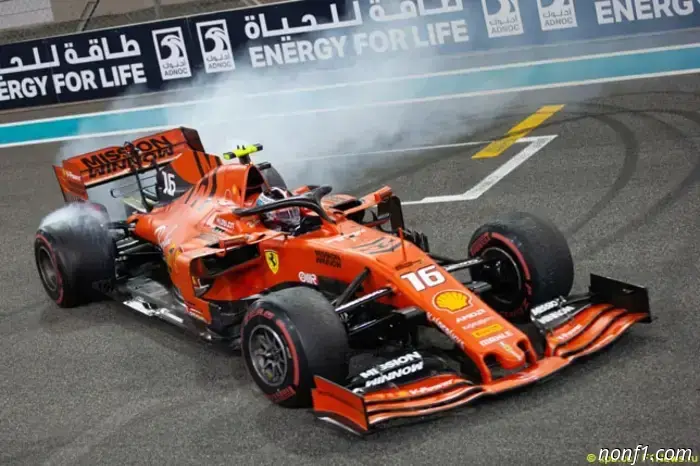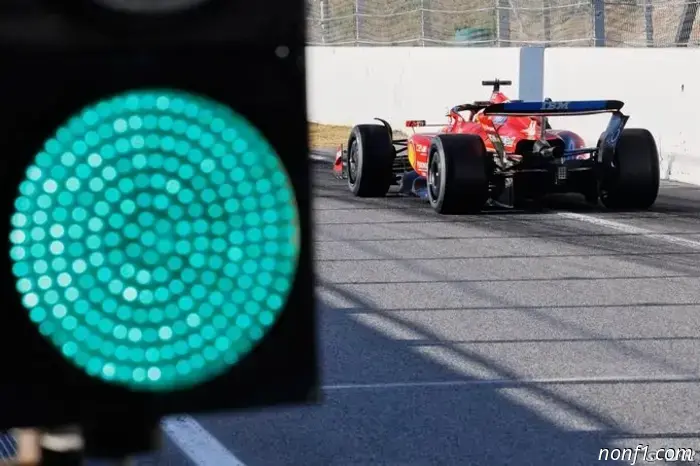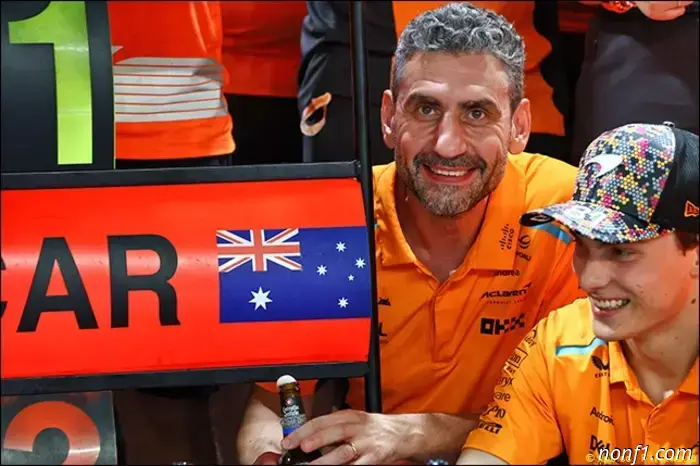
The FIA will keep an eye on concerns regarding the new 'mini-DRS'.
The FIA is set to oversee adherence to new limits on rear wing flexibility by equipping Formula 1 cars with sensors. Last year, several cars appeared to pass the governing body's inspections regarding both front and rear wings, yet the visible flexing while on track was occasionally quite pronounced. Some even referred to the gaps that formed in the McLaren rear wing during high speeds as resembling a 'mini-DRS'. Starting from the season opener in Australia, significantly stricter static load tests will be enforced. However, the tougher tests for front wings won't take effect until the Spanish GP in early June. During the pre-season testing in Bahrain, the front wing flexibility was still noticeably extreme on various cars, including those of McLaren and Aston Martin. Christian Horner, the team principal of Red Bull, believes that the new, more stringent tests should have been implemented right away in 2025, instead of splitting the season into an expensive two-part competition. Former F1 driver Christijan Albers has criticized Red Bull's complaints, stating, "Currently, it’s permissible. If the wing passes the test, it's within the regulations. Red Bull initiated the discussion, along with a few other teams, and now they've essentially removed the wings while complaining. What’s that all about? Red Bull needs to adapt just like everyone else—it's straightforward. They have to follow what their competitors are doing; otherwise, they're only hindering themselves. In Formula 1, everyone operates at the very limits of what is permissible."
Other articles
 Ferrari to hold demo races in Milan
The Ferrari team will hold demonstration races in Milan on March 6. Lewis Hamilton and Charles Leclair will drive through the streets of an Italian city behind the wheel of Formula 1 cars.
Ferrari to hold demo races in Milan
The Ferrari team will hold demonstration races in Milan on March 6. Lewis Hamilton and Charles Leclair will drive through the streets of an Italian city behind the wheel of Formula 1 cars.
 Mattia Binotto: Bortoleto wants to win with Audi
Last season's Formula 2 champion Gabriel Bortoleto will make his Formula 1 debut next weekend. Mattia Binotto, Sauber Motorsport's Operations and Technical Director, explained why the team decided to give the young Brazilian a chance.
Mattia Binotto: Bortoleto wants to win with Audi
Last season's Formula 2 champion Gabriel Bortoleto will make his Formula 1 debut next weekend. Mattia Binotto, Sauber Motorsport's Operations and Technical Director, explained why the team decided to give the young Brazilian a chance.
 Leclerc has a differing opinion from Russell regarding the 2026 tyres.
Formula 1 | Charles Leclerc is not supporting George Russell in his criticism of Pirelli's suggestion for narrower tyres in 2026. Max Verstappen declined to share his own (…)
Leclerc has a differing opinion from Russell regarding the 2026 tyres.
Formula 1 | Charles Leclerc is not supporting George Russell in his criticism of Pirelli's suggestion for narrower tyres in 2026. Max Verstappen declined to share his own (…)
 Sainz minimizes the significance of even 'top five' finishes in '25.
Formula 1 | Carlos Sainz claims he does not expect to finish in the top five at the season-opening Australian GP later this month. Following the only (…)
Sainz minimizes the significance of even 'top five' finishes in '25.
Formula 1 | Carlos Sainz claims he does not expect to finish in the top five at the season-opening Australian GP later this month. Following the only (…)
 Andrea Stella on whether McLaren will celebrate podiums
Andrea Stella talks about the changes in the mood of the team after last year's success...
Andrea Stella on whether McLaren will celebrate podiums
Andrea Stella talks about the changes in the mood of the team after last year's success...
 Helmut Marko: McLaren are the favorites, but we have the joker
A week before the start of the season, Helmut Marko shared his opinion on the alignment of forces in Formula 1.
Helmut Marko: McLaren are the favorites, but we have the joker
A week before the start of the season, Helmut Marko shared his opinion on the alignment of forces in Formula 1.
The FIA will keep an eye on concerns regarding the new 'mini-DRS'.
Formula 1 | It has been reported that the FIA will oversee adherence to the new flexibility limits for rear wings by placing sensors on the Formula 1 cars. Last year, both (…)
